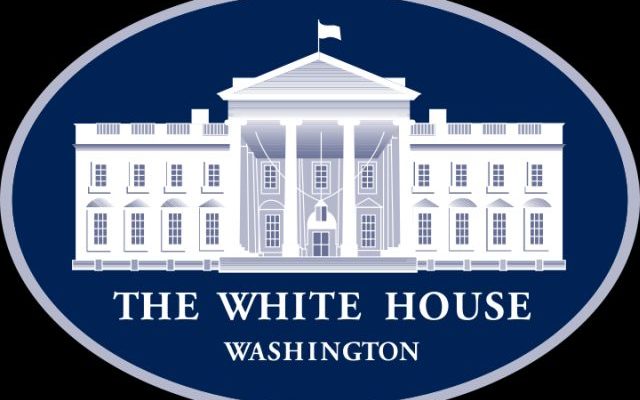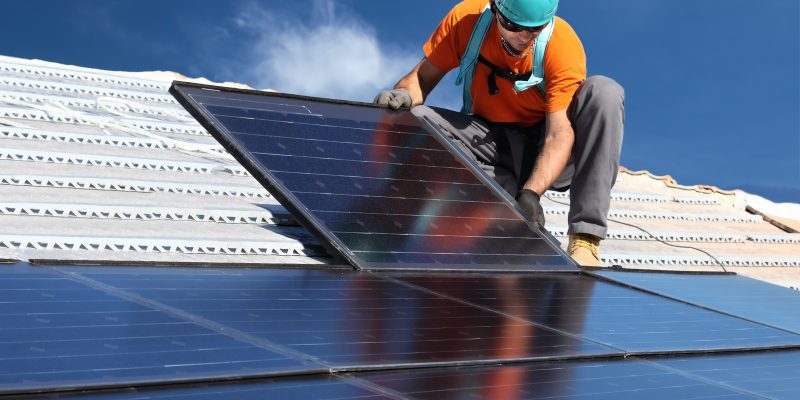The White House Briefing Room
August 15, 2022
The Inflation Reduction Act will lower costs for families, combat the climate crisis, reduce the deficit, and finally ask the largest corporations to pay their fair share. President Biden and Congressional Democrats have worked together to deliver a historic legislative achievement that defeats special interests, delivers for American families, and grows the economy from the bottom up and middle out.
Here’s how the Inflation Reduction Act impacts Americans by the numbers:
…
CLEAN ENERGY
Lowering Energy Costs
- Families that take advantage of clean energy and electric vehicle tax credits will save more than $1,000 per year.
- $14,000 in direct consumer rebates for families to buy heat pumps or other energy efficient home appliances, saving families at least $350 per year.
- 7.5 million more families will be able install solar on their roofs with a 30% tax credit, saving families $9,000 over the life of the system or at least $300 per year.
- Up to $7,500 in tax credits for new electric vehicles and $4,000 for used electric vehicles, helping families save $950 per year.
Putting America on track to meet President Biden’s climate goals, which will save every family an average of $500 per year on their energy costs.
Building a Clean Energy Economy
- Power homes, businesses, and communities with much more clean energy by 2030, including:
- 950 million solar panels
- 120,000 wind turbines
- 2,300 grid-scale battery plants
- Advance cost-saving clean energy projects at rural electric cooperatives serving 42 million people.
- Strengthen climate resilience and protect nearly 2 million acres of national forests.
- Creating millions of good-paying jobs making clean energy in America.
Reducing Harmful Pollution
- Reduce greenhouse gas emissions by about 1 gigaton in 2030, or a billion metric tons – 10 times more climate impact than any other single piece of legislation ever enacted.
- Deploy clean energy and reduce particle pollution from fossil fuels to avoid up to 3,900 premature deaths and up to 100,000 asthma attacks annually by 2030.


